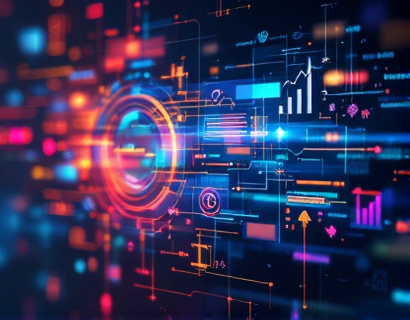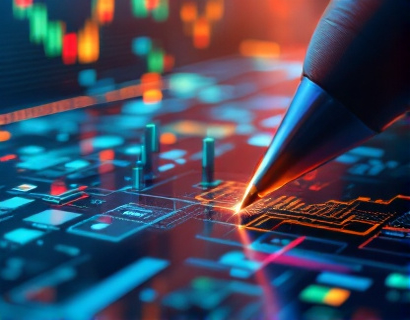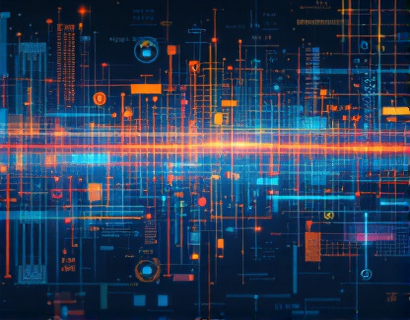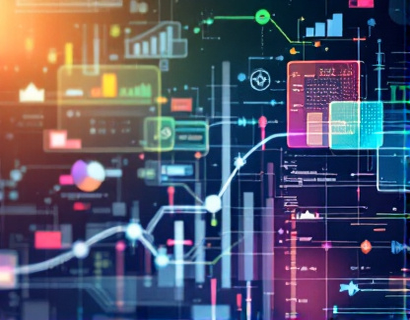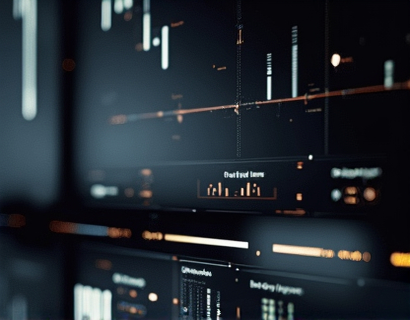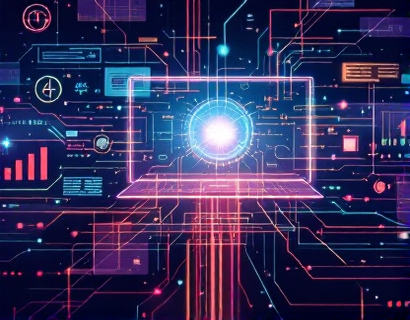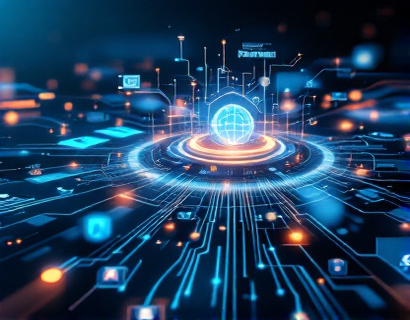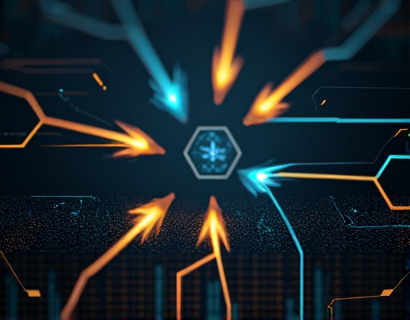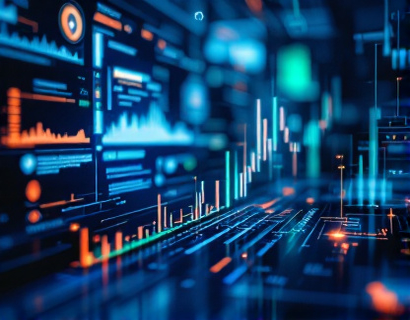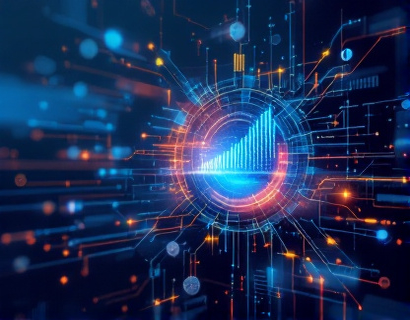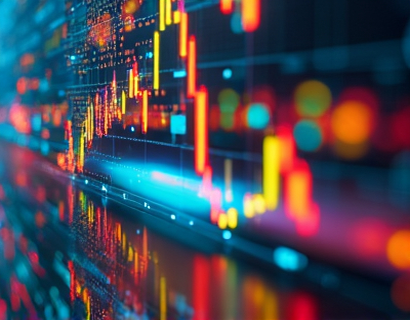Blockchain for Art: Revolutionizing the Preservation and Tracking of Historical Artifacts with Decentralized Solutions
The art world is on the cusp of a transformative era, driven by the integration of blockchain technology. This innovative approach promises to revolutionize the preservation and tracking of historical artifacts and artworks, ensuring their authenticity and provenance are verifiable and secure. By leveraging decentralized solutions, the art community can foster greater trust and collaboration among collectors, museums, and cultural institutions, ultimately safeguarding our shared cultural heritage for future generations.
Blockchain technology, known for its role in cryptocurrencies, offers a robust framework for creating immutable and transparent records. In the context of art, this means that each piece can be assigned a unique digital identity, complete with a detailed history of ownership, exhibitions, and restorations. This level of transparency not only verifies authenticity but also provides a comprehensive provenance that traditional methods cannot match.
Enhancing Authenticity and Provenance
The primary challenge in the art market has always been verifying the authenticity of a piece. Forgeries and misattributions have plagued collectors and institutions for centuries. Blockchain addresses this issue by creating an unalterable ledger of a artwork's history. Every transaction, from creation to sale, is recorded on the blockchain, providing an indisputable chain of custody. This ensures that buyers can trust the authenticity of what they are purchasing, reducing the risk of fraud and increasing confidence in the market.
Provenance, the documented history of ownership, is equally critical. Blockchain provides a detailed and verifiable record of an artwork's journey, from the artist's studio to private collections and public exhibitions. This transparency helps establish the legitimacy of an artwork, making it easier for experts to trace its history and confirm its legitimacy. For rare and valuable pieces, this level of provenance can significantly enhance their value and desirability.
Securing Ownership and Provenance
Ownership of artworks is often a complex and contentious issue, with disputes arising over rights and possession. Blockchain technology simplifies this by providing a decentralized and tamper-proof registry of ownership. Each transfer of ownership is recorded on the blockchain, creating a clear and immutable history. This not only resolves ownership disputes but also ensures that the rightful owners are recognized and protected.
Moreover, blockchain can facilitate smart contracts, which are self-executing contracts with the terms directly written into code. These contracts can automate the transfer of ownership, payment, and other legal obligations, reducing the need for intermediaries and lowering transaction costs. This efficiency not only streamlines the process but also enhances security, as each step is verified and recorded on the blockchain.
Fostering Collaboration and Trust
The art world is inherently collaborative, involving collectors, museums, dealers, and cultural institutions. Blockchain technology fosters a more collaborative environment by providing a shared, transparent platform. All parties can access the same verified information, reducing misunderstandings and conflicts. This transparency builds trust, encouraging more active participation and cooperation among stakeholders.
For museums and cultural institutions, blockchain offers a way to document and preserve the history of their collections in a secure and accessible manner. This not only aids in research and education but also helps in managing and showcasing their assets more effectively. Collectors, on the other hand, gain peace of mind knowing that their investments are secure and well-documented.
Preserving Cultural Heritage
The preservation of cultural heritage is a global priority, and blockchain technology plays a crucial role in this effort. By providing a secure and transparent record of artifacts, blockchain helps prevent the illegal trade and loss of cultural treasures. Each artifact can be tagged with unique identifiers, making it easier to track and recover stolen items. This is particularly important for artifacts from conflict zones or regions with weak legal frameworks.
Additionally, blockchain can aid in the digital preservation of artifacts. High-resolution images and detailed descriptions can be stored on the blockchain, creating a digital twin of the physical artifact. This ensures that even if the physical item is lost or damaged, its essence and history are preserved for future generations.
Challenges and Considerations
While the potential benefits of blockchain in the art world are significant, there are challenges that need to be addressed. One of the primary concerns is the technical complexity and the need for widespread adoption. For blockchain to be effective, it must be integrated into existing systems and processes, requiring education and training for all stakeholders.
Another consideration is the scalability of blockchain solutions. As the number of transactions increases, the blockchain must be able to handle the load without compromising performance. Additionally, privacy concerns must be addressed, as sensitive information about ownership and value should be protected while still maintaining transparency.
Case Studies and Real-World Applications
Several initiatives are already leveraging blockchain to enhance the art market and cultural preservation. For instance, the use of blockchain in the sale of digital art has gained traction, with platforms allowing artists to mint unique digital tokens that represent ownership of their work. These tokens can be bought, sold, and traded, providing a new revenue stream for creators and ensuring the authenticity of digital art.
In the physical art market, some galleries and auction houses are experimenting with blockchain to verify the provenance of high-value pieces. By recording each transaction on the blockchain, these institutions can provide buyers with a comprehensive and verifiable history, enhancing the credibility of the sale.
Museums are also exploring blockchain for managing their collections. The Metropolitan Museum of Art, for example, has partnered with blockchain companies to develop systems that can track the movement and ownership of artifacts within their collection. This not only aids in conservation efforts but also enhances the educational value of their exhibits by providing visitors with detailed histories of the artifacts on display.
Future Prospects
The future of blockchain in the art world is promising, with ongoing developments set to further enhance its capabilities. As more stakeholders adopt blockchain technology, the art market is likely to become more transparent, secure, and efficient. The integration of blockchain with other emerging technologies, such as the Internet of Things (IoT) and artificial intelligence (AI), could lead to even more innovative solutions for art preservation and management.
For collectors and enthusiasts, this means a more reliable and engaging experience. The ability to verify the authenticity and provenance of artworks with ease will open up new opportunities for investment and appreciation. Cultural institutions will benefit from enhanced tools for research, conservation, and education, ensuring that our cultural heritage is preserved and shared for generations to come.
In conclusion, blockchain technology offers a revolutionary approach to the preservation and tracking of historical artifacts and artworks. By providing a secure, transparent, and decentralized platform, it addresses long-standing challenges in the art world, fostering trust and collaboration among all stakeholders. As the art community continues to embrace this technology, we can look forward to a future where our cultural heritage is not only protected but also celebrated and shared globally.




